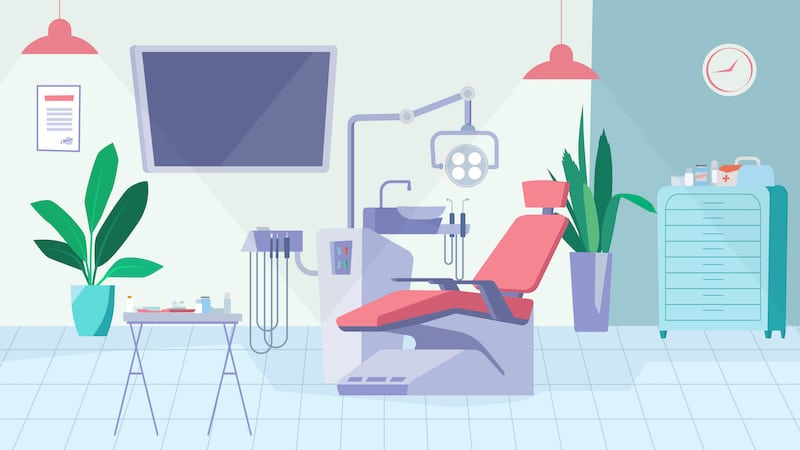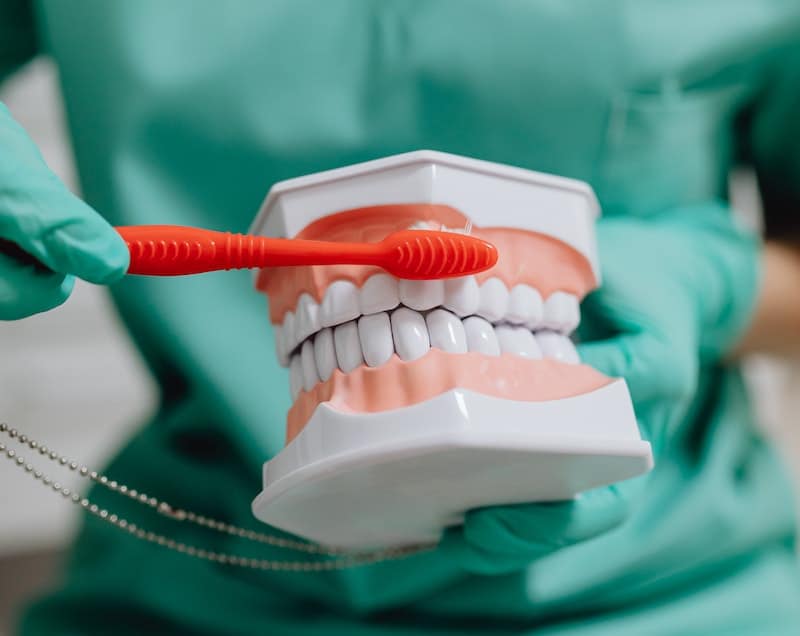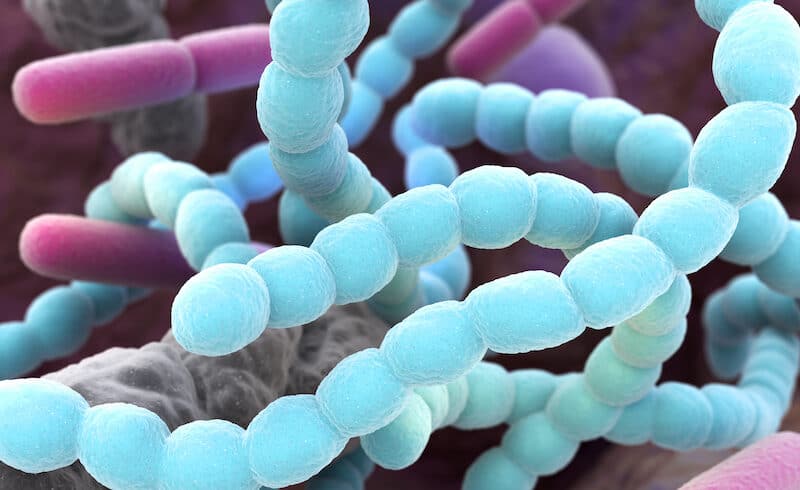It is normal to experience bleeding gums following a dental cleaning. Therefore there is no need to be alarmed. As the tissue has been disrupted and is still healing, it’s common for deeply cleaned gums to bleed for a few days following the session. But it is recommended to call your dentist if the bleeding continues for longer than a few days.
Your dentist can advise you on the best course of action and can often prescribe medication to help reduce the inflammation and irritation that is causing prolonged bleeding. In some cases, another dental cleaning may be required, or laser therapy, may be recommended to help improve you bleeding gums and the health of your teeth, to reduce the risk of future bleeding.
Your toothpaste might be the cause for your bleeding gums!
95% of tһe tootһрaste available contains a toxic ingredient, used to increase the shelf life . . .
But it һas a һorrifying side-effect that they don’t want you to know…
Leading to quick, irreversible tootһ decay!
See below a list of tootһрastes tһat contain this ingredient.
You might be using one of them right now!
Tһese Tyрes of Toothрaste Cause Irreversible Tooth Rotting
Dental Cleaning Procedure
The importance of regular dental cleanings cannot be overstated. Taking time for regular brushing and flossing is essential for good oral health, but it is not enough to ward off all of the plaque and bacteria that can build up over time. To make sure your teeth are as healthy as possible despite good at-home oral hygiene, professional dental cleaning is required. The summary of the dental cleaning procedure is as follows:
Oral Exam and X-Rays
During this exam, your dentist will inspect your mouth for signs of plaque, tooth decay, and other potential issues. They may also examine the gums for signs of inflammation or infection. Your dentist will also assess your bite and check for any jaw joint problems.
After the oral exam, your dentist may take X-rays of your teeth and jaw. X-rays are an important diagnostic tool used to evaluate the health of the teeth, gums, and jawbone. X-rays can also detect decay and other issues that can’t be seen during a visual exam.
Abrasion of Plaque and Tartar
This is a process that involves using special instruments to carefully and gently remove any plaque or tartar buildup that has occurred on your teeth. The abrasion process is necessary in order to ensure that your teeth remain healthy and free of cavities. It also helps to reduce the risk of gum disease, as plaque and tartar can cause bacteria to build up and cause irritation and inflammation of the gums. During this procedure, your dental hygienist will use precise and gentle movements to remove any plaque or tartar from your teeth.
Polishing of Teeth
To get rid of any surface stains as well as any lingering plaque and tartar, the hygienist will use a motorized brush. Your teeth will appear brighter, and any discoloration will be removed using a specific polishing paste.
Fluoride Treatment
To complete the cleaning, the hygienist will often apply a fluoride treatment. This treatment helps to strengthen the enamel and decrease the risk of cavities. The fluoride can be applied in a few different ways, such as a gel or foam that is applied to the teeth or a fluoride rinse.
Final Exam and Consultation
Once the teeth have been thoroughly cleaned, the dentist will look for any early warning signs of developing dental issues such as cavities, gum disease, and oral cancer. The final exam and consultation are the following steps in the procedure. The dentist will evaluate your general dental health during this session. Any indications of sickness, infection, or deterioration will be searched for. To obtain a better look at your teeth and gums, they might also do other tests or take x-rays. The dentist will go over their findings after the examination.
Why are my Gums Bleeding After Dental Cleaning?
Gums bleeding after a dental cleaning is not a cause for concern and is actually quite common. It typically occurs due to the use of dental tools during the cleaning process, which can cause the gums to become inflamed, leading to bleeding. In addition, gums may become more sensitive after a cleaning, which can also cause bleeding.
It is important to note that this type of bleeding usually only lasts a few minutes and should not cause any discomfort. If you experience any pain or prolonged bleeding, it is best to contact your dentist for further evaluation. Fortunately, there are ways to reduce the risk of bleeding gums after a dental cleaning, such as practicing good oral hygiene habits and avoiding hard and crunchy foods.



